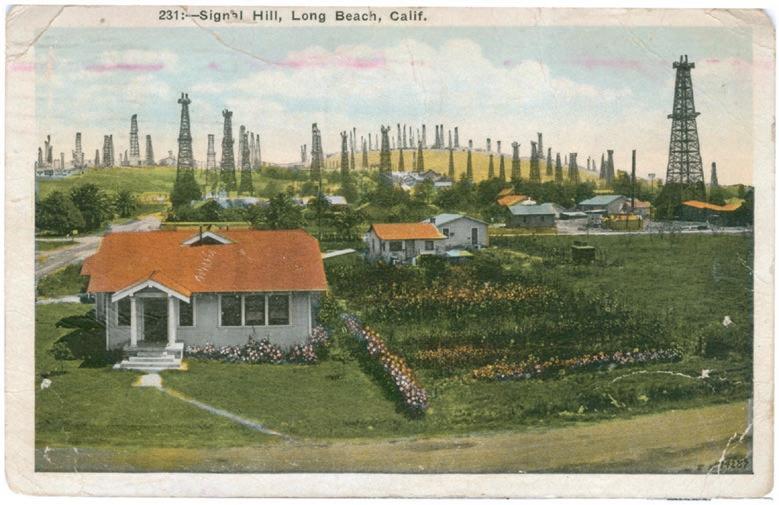
2 minute read
Statement about the Research Content and Process
Description
This project explores some of the key forces that have shaped Los Angeles – urbanisation, the freeway system, the history of global astronomy, the city’s unstable geological substratum and the pervasive existence of oil extraction infrastructure – to propose alternative future urban scenarios. The project culminated in the design of seven architectural proposals, commissioned for two exhibitions.
Questions
1. How have LA’s subterranean oil fields influenced its urban development from the late 1900s until today?
2. In what ways can architectural design and modelling integrate information and techniques from geomorphology, geology and seismography to interpret and visualise complex subterranean conditions?
3. In what ways can new infrastructures monitor the city’s subterranean conditions but also constructively influence its future urban development?
4. How can experimental architecture that forms a dynamic, dependent and deep-time relationship with geomorphological processes generate greater knowledge and contribute to current architectural practice?
Methodology
1. Identify and reflect on histories of geological and scientific relevance specific to LA by researching cartographic and photographic material at the USC
Libraries and Archives;
2. Interdisciplinary collaboration between two designers and a writer to share and expand on ecological and hydrological knowledge, including critically studying a set of interviews;
3. Model design, drawing and making as tools of research interpretation, integration and proposition.
Dissemination
LA Futures has been exhibited five times in the US and the UK, including at the USC Doheny Memorial Library, the Chicago Biennial and the Royal Academy of Arts, London. The project has featured in numerous articles, including one authored by Smout Allen published in the journal Hidden. Other articles and reviews have featured in the national and international press, including The Architect’s Newspaper and Vice. It has been the subject of invited talks in the US and UK, including UC Berkeley, College of Environmental Design and the American Institute of Architects – Baltimore Chapter.
Project Highlights
LA Futures was commissioned by two venues with important international and intellectual reach: The USC Doheny Memorial Library in LA and the inaugural Chicago Architecture Biennial in 2015. The Biennial invited over 100 practices from 30 countries to participate, and attracted more than 500,00 visitors.
4

5

4 Fault Evaluation Report Map, 1985. The fault-zone boundary is indicated in yellow; fault traces in red. 5 Postcard showing Signal Hill, also known as ‘Porcupine Hill’, c.1920.
6 Street and Section Map of the Los Angeles Oil Fields, 1906.


